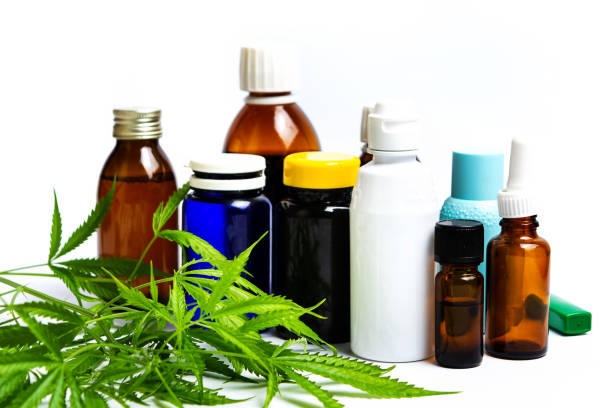Technology has played a crucial role in shaping modern agriculture practices. From the invention of the plow to the development of genetically modified crops, technology has revolutionized the way we grow and harvest food.
One of the most significant advancements in agricultural technology is the use of machinery. Tractors, combines, and other farm equipment have drastically increased efficiency and productivity acquerellorestaurant on farms. Farmers can now plant, cultivate, and harvest crops in a fraction of the time it used to take with traditional methods. This not only saves time but also reduces labor costs and allows farmers to cover more land.
Another key aspect of modern agriculture is precision farming. This involves using GPS technology to track field conditions and optimize crop management practices. By collecting data on soil quality, moisture levels, and plant health, farmers can make informed decisions about when to plant seeds, apply fertilizers, or irrigate fields. This results in higher yields countdowntopregnancy and better-quality crops while minimizing waste and environmental impact.
Biotechnology is another area where technology has had a major impact on agriculture. Genetically modified organisms (GMOs) have been developed to improve crop resistance to pests, diseases, and environmental stressors. This has led to increased electiontracker yields and reduced reliance on chemical pesticides and fertilizers. GMOs have also helped address global food security challenges by producing crops that are more nutritious or drought-tolerant.
In addition to improving crop production, technology has maggietrice also transformed livestock farming practices. Automated feeding systems, monitoring devices, and genetic selection tools have made it easier for farmers to raise healthy animals efficiently. These advancements have not only improved animal welfare but also increased meat quality while reducing production costs.
The rise of digital technologies like drones and sensors has further enhanced agricultural practices by providing real-time data on field conditions from above or below ground level. Drones can be used for aerial imaging or spraying pesticides over large areas quickly and accurately. Soil sensors can monitor moisture levels or nutrient content in real-time so that farmers can adjust their irrigation or fertilization schedules accordingly.
Overall, the role of technology in modern agriculture cannot be overstated. It has transformed how we produce food by increasing efficiency, sustainability, and profitability for farmers worldwide. As we continue to face challenges such as climate change or population growth, innovative technologies will be essential for ensuring a secure food supply for future generations.




